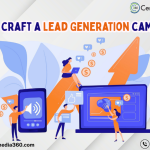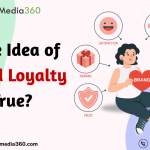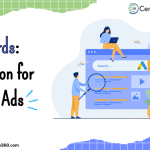7 Proven Methods to Lower Email Unsubscribe Rate
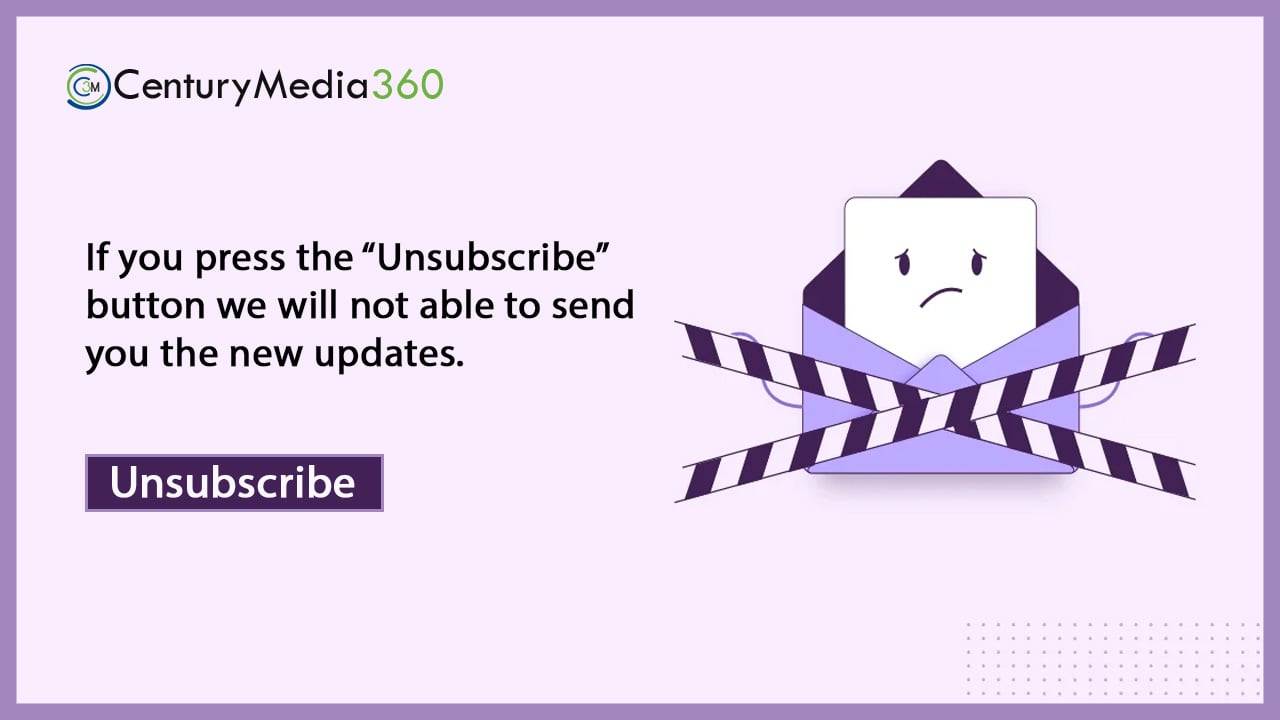
If you’re reading this, I’m assuming you either have an increasing email unsubscribe rate or want to avoid reaching that point. Let me tell you how
An Ideal Unsubscribe Rate
Every business owner wants their customer to stay with them as long as possible. Customer retention is equally important as acquiring new customers to buy from us or to use our services. We let our customers know more about our new offers or try to upsell them some products by sending them emails.
Believe it or not, you should always expect a certain amount of subscribers to abandon you. That’s how email marketing works.
You run the danger of someone clicking the “unsubscribe” link at the bottom of every email you send. If you’re looking for a healthy unsubscribe rate, anything less than 2% is regarded as typical. If you aim for a 0% unsubscribe rate, you will most likely be disappointed because it is an unattainable target.
Regardless of whether the unsubscribe rate is high or low, it is always best to be on the safe side. The fewer people who do not subscribe, the better for your business.
However, we’ll go through some methods for reducing unsubscribe in this section –
- Use Content Variation
- Email Segmentation
- Personalize Accordingly
- Create Content that Hooked
- Use Combination of Single and Double Opt-ins
- Analyze Email Sending Timings
- Clean your email list consistently
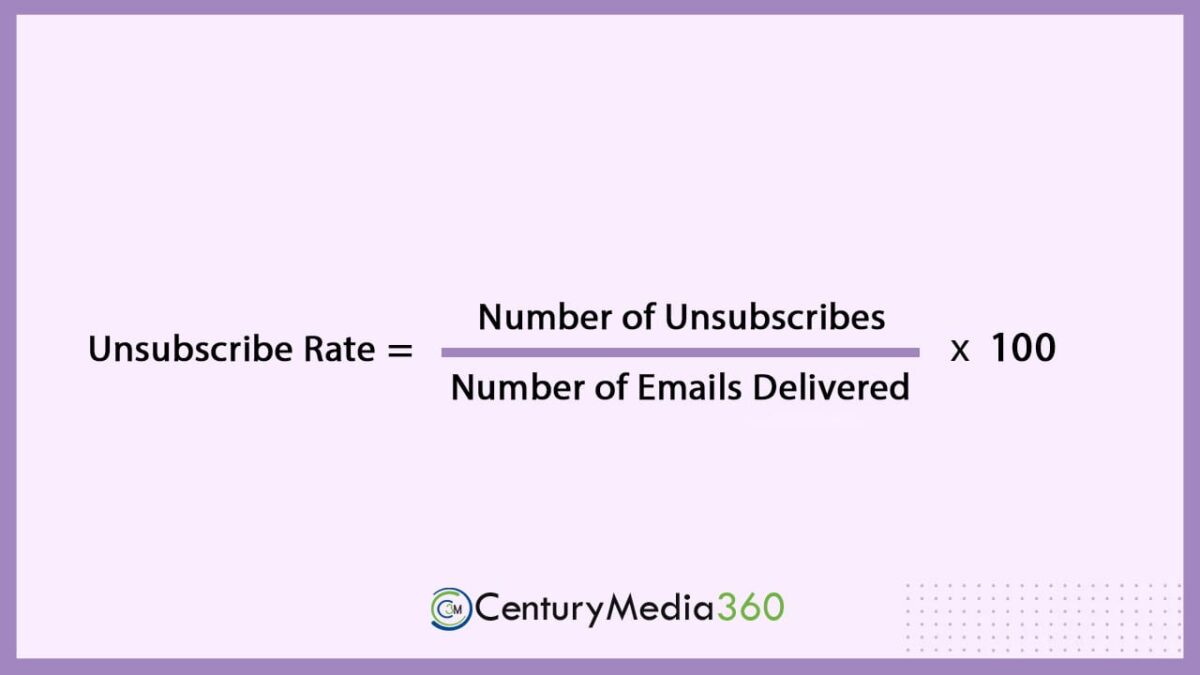
Use Content Variation in Email
Words on a page must be broken up by something else now and then. You can have fun with your emails while being on brand. Experiment with a GIF or video. Perhaps test out a BuzzFeed-style quiz on your audience.
Email Segmentation
By segmenting your email list, you may deliver relevant material to individuals who are interested in those emails.
For example, rather than informing every user about a new product update, it is preferable to notify those who are actively using your product. You will receive more interaction and fewer unsubscribes this way.
You may learn more about audience segmentation by reading our guide.
Personalize Accordingly
Did you know that 74% of marketers believe focused personalization boosts client engagement? Personalized emails can result in a 6X increase in transaction rates. With billions of emails exchanged each day, customization may help your communications stand out from the crowd.
Write your communications as though you’re communicating to a single individual to make them feel more personal. How would you feel if you were having a chat with your favorite customer? It will feel great right?
Create Content that Hooked
Readers may unsubscribe from your emails if the content is of poor quality. If you are receiving an unusually high number of unsubscribes, you should reconsider your material.
Marketers will sometimes produce material only to capture the recipient’s attention. Simply putting items together to match your mailings might harm your image. Instead, you should take your time to generate original material that is worth reading. Don’t rush into producing subpar material since quality trumps quantity.
Use Combination of Single and Double Opt-ins
What would you think if someone broke into your home without your permission? You’re not going to like it. Your house is your own place, and the user’s mailbox is no different.
So, before entering that place, get them permission, or else recall that enormous unsubscribe link that users will click!
How do you go about doing that?
To confirm that users want to hear from you, utilize opt-in and double opt-in.
Analyze Email Sending Timings
One of the most common causes for consumers unsubscribing is receiving too many emails that appear unrelated to them. In order to avoid this, you must respect the user’s choices.
If they signed up for your weekly newsletter, send them simply that email. If someone signed up for a promotional email every other day, make sure you only send them those emails.
Furthermore, sending emails at the proper moment will allow you to target people when they are actively checking their mailbox.
To discover out, read our article on the optimum time to send emails.
Clean Your Email List Consistently
Collecting email addresses to create a comprehensive email list isn’t enough. You must keep it clean by removing inactive members, adding new users, and updating or correcting existing email addresses on a regular basis.
You should take a step back if you are still sending emails to unengaged or inactive users. Why?
Because those users are unlikely to wish to hear from you, sending them an email is akin to directing them to the unsubscribe link. To avoid this, delete these email addresses and never send emails to them again.
Conclusion
Increase your revenues by lowering the rate using the methods outlined above. Apply them consistently and see how the number of unsubscribes decreases. The optimal rate is often between 0 and 0.5 percentage points, however, this might vary according to your sector.
Give your readers a compelling incentive to stay by sending them fascinating material via email. Remember that your readers are more than simply an email address on your list; they have their own goals and difficulties.
While it is preferable to attempt to stop individuals from unsubscribing to your mailing list and minimize your email unsubscribe rate, you should view it as a process that eliminates unnecessary subscribers who don’t want to add any contribution to your business.


